1. Rose Cleveland may have been the United States' first gay First Lady.
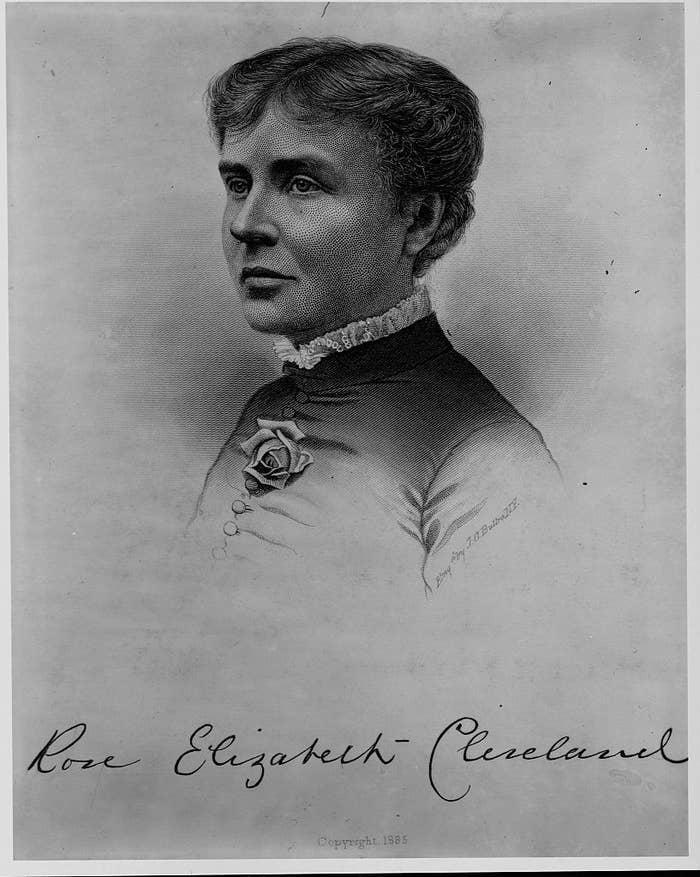
Rose acted as First Lady for her brother, Grover Cleveland, from his inauguration until a little over a year later, when he married his "21-year-old ward, Frances Folsom."
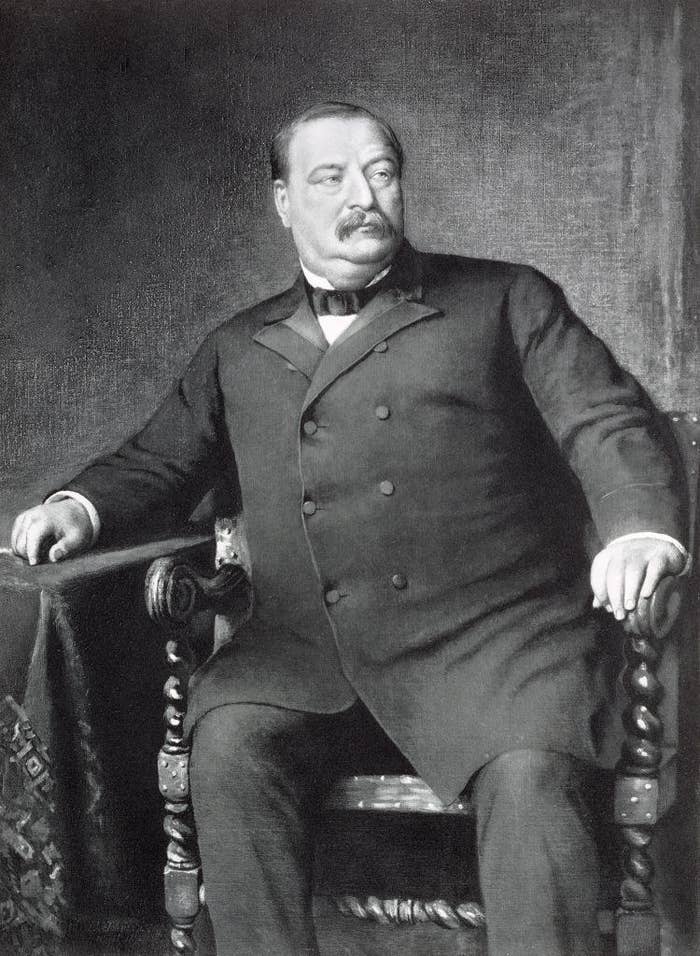
A few years after this brief stint, Rose met Evangeline Simpson, with whom she would share a relationship that spanned three decades (and two continents). In one letter, Rose wrote to Evangeline, "You are mine, and I am yours, and we are one, and our lives are one henceforth, please God, who can alone separate us."
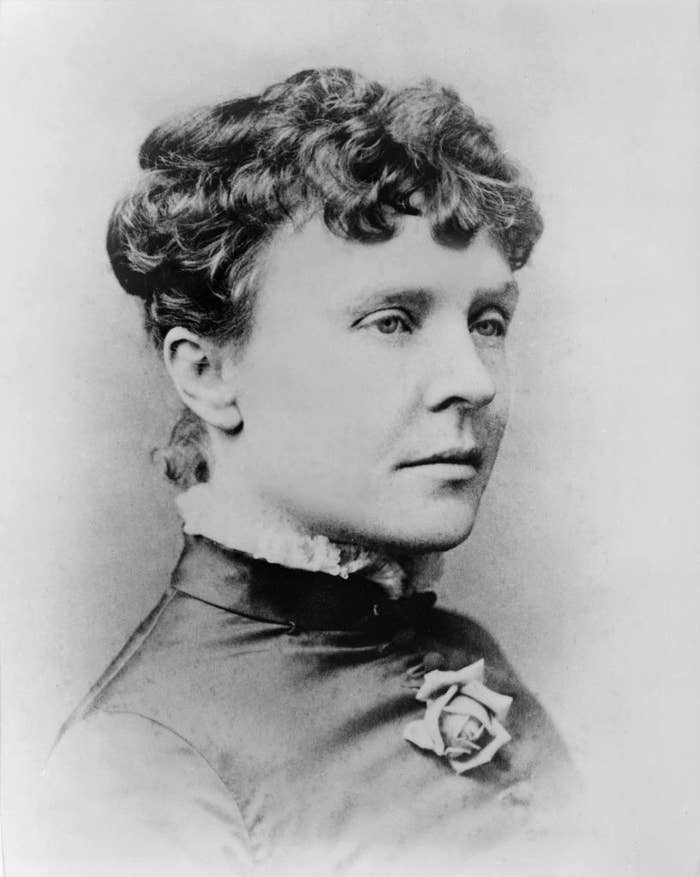
This initial stretch of their relationship lasted about six years, and the couple traveled and purchased property together. They didn't "hide their relationship from family." Then, shocking Rose and her family both, Evangeline decided to marry Bishop Henry Whipple, "a popular Episcopal preacher from Minnesota who was 34 years her senior."
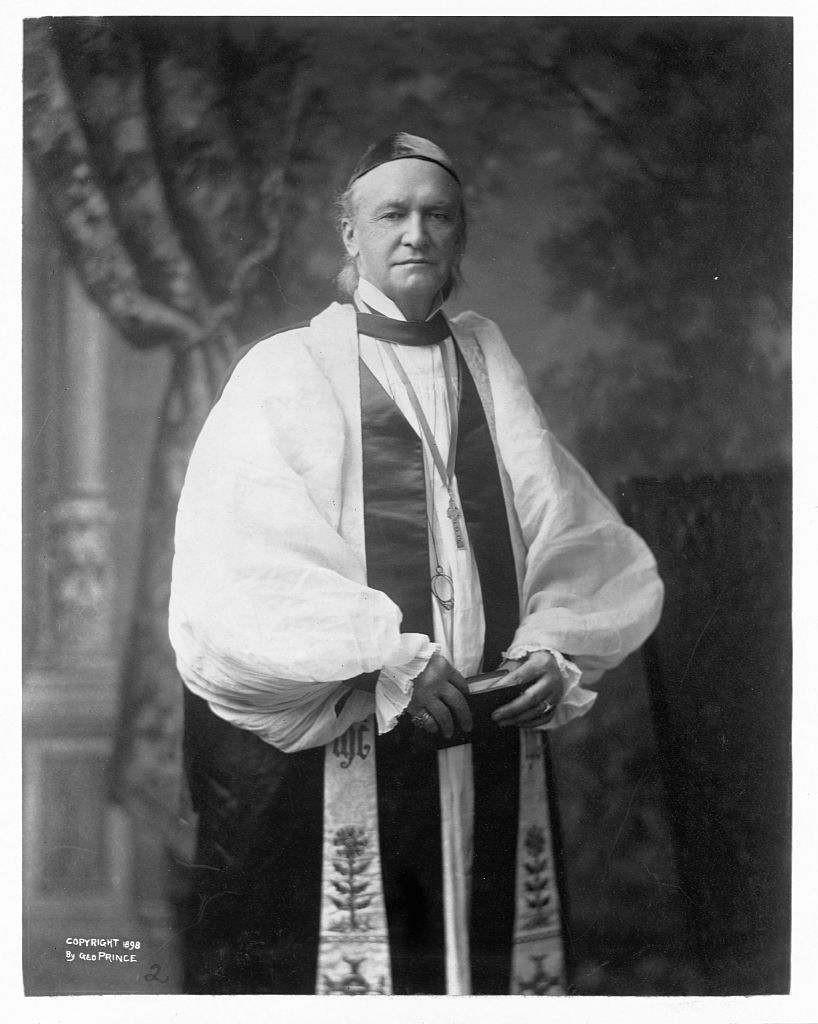
Rose was devastated, and she wrote to Evangeline, "I will give up all to you if you will try once more to be satisfied with me. Could you not take six months for that experiment? We would go away from everyone." But Evangeline went through with the marriage to the preacher, for whom "there is every indication she had real feelings."

The letters exchanged between the two cooled off in tone (for instance, they ceased addressing each other by nicknames), until Bishop Whipple died in 1901. Their relationship resumed and evolved into a "steady tenderness" that culminated in the couple sharing a home, "finally as true partners," in Italy, where they'd travelled to care for Evangeline's ill brother, and decided to settle once he died.
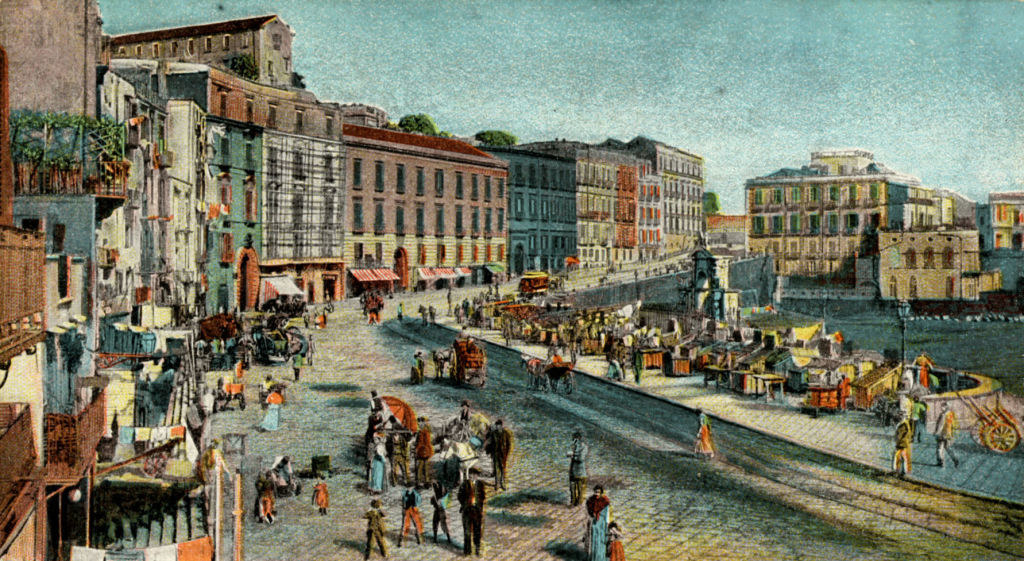
Rose Cleveland died during the 1918 flu pandemic. About the loss, Evangeline wrote, "The light has gone out for me... The loss of this noble and great soul is a blow that I shall not recover from." She lived until 1930, and once "wrote a book about Tuscany and dedicated it to Rose."
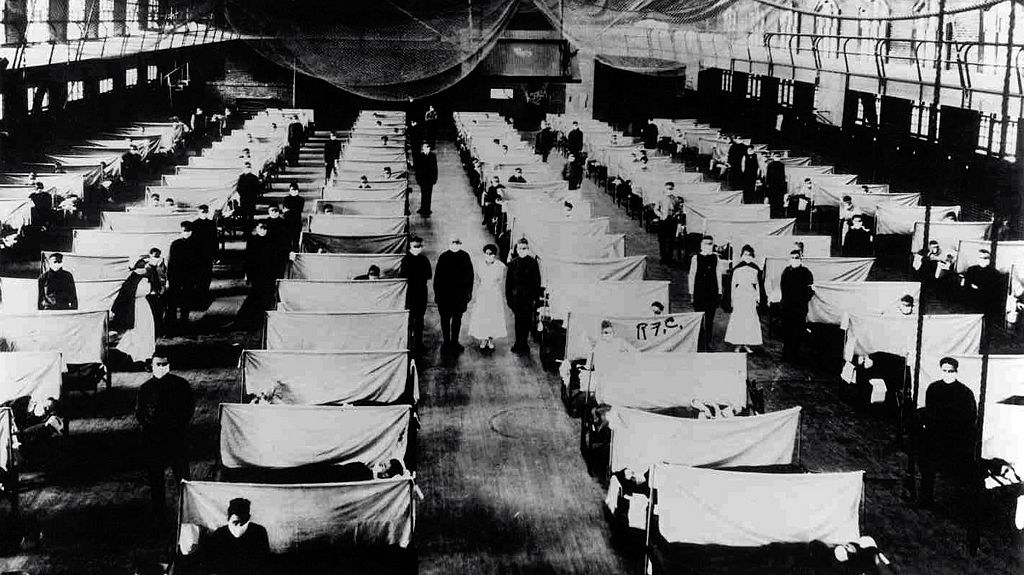
Lizzie Ehrenhalt, who co-edited the book Precious and Adored: The Love Letters of Rose Cleveland and Evangeline Simpson Whipple, 1890–1918, told the Washington Post, "There have been women loving other women for all periods of history."
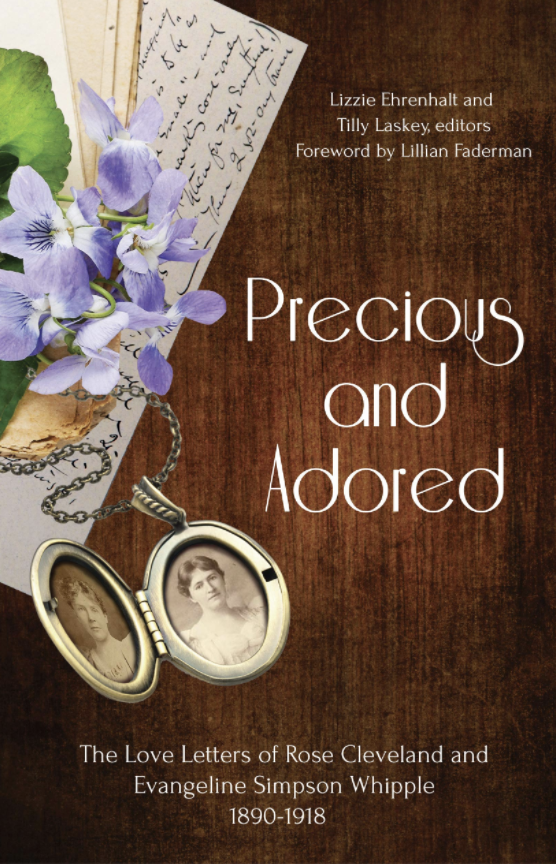
2. Lucy Hicks Anderson was the "first transgender person in history to fight for marriage rights" in court.
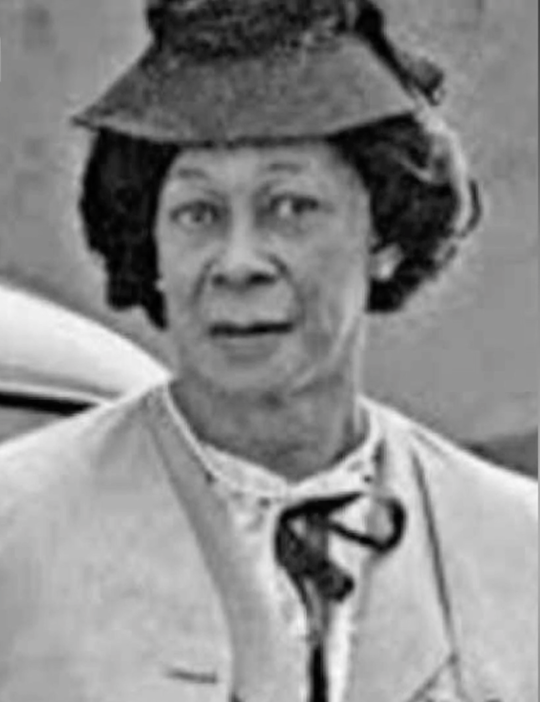
Born in 1886, the young Anderson wore dresses and "expected her mother to treat her as a girl." When Anderson's mother took her to a doctor to ask his opinion, the doctor told her to do as Anderson said and raise her as her daughter.
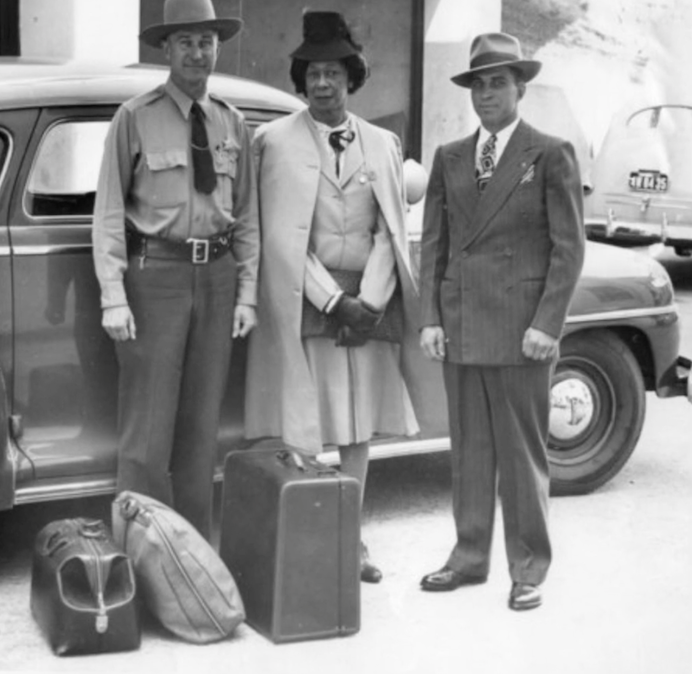
In 1920, Anderson married a man named Clarence Hicks, and became a "renowned chef and hostess for wealthy families" in Oxnard, California. She started a boardinghouse and a bordello, raised money for charity, and "hosted lavish parties for men heading off to war." But when Anderson's bordello was believed to be the source of an STI outbreak amongst Navy men, the authorities insisted on testing everyone. When a "local doctor discovered Lucy’s truth," she and her second husband, Reuben Anderson, were charged with perjury, since "it was illegal for two 'men' to marry."
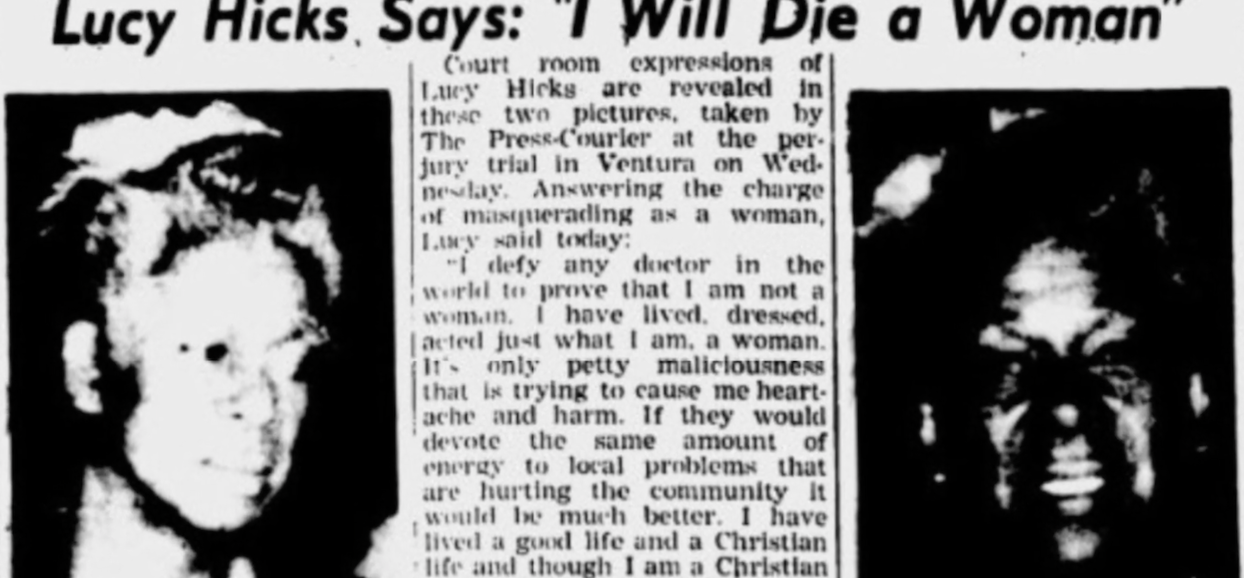
In court, Anderson said, "I defy any doctor in the world to prove that I am not a woman. I have lived, dressed, acted just like what I am, a woman." But they lost their case and after serving sentences at two different prisons, ultimately settled in Los Angeles to live as the married couple they undeniably were but legally could not be, until Anderson's death in 1954.
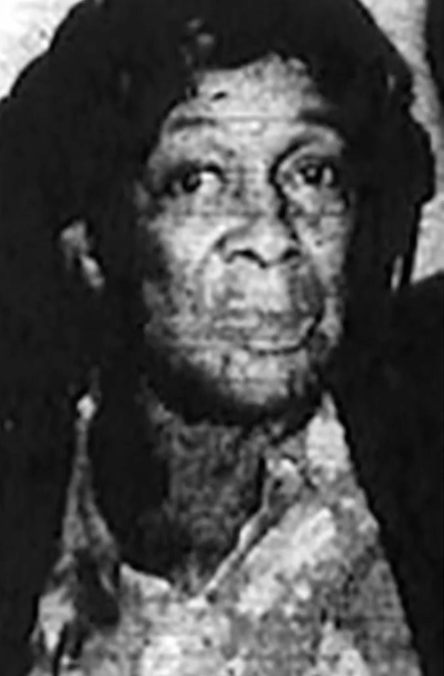
3. Mercedes de Acosta was a "strong and original personality and an unabashedly out lesbian" who once said, "I can get any woman from a man." Born in 1893, de Acosta became famous not only for her artistic endeavors as a writer, but also for her status as "lover of some of the most famous women of the 20th century."
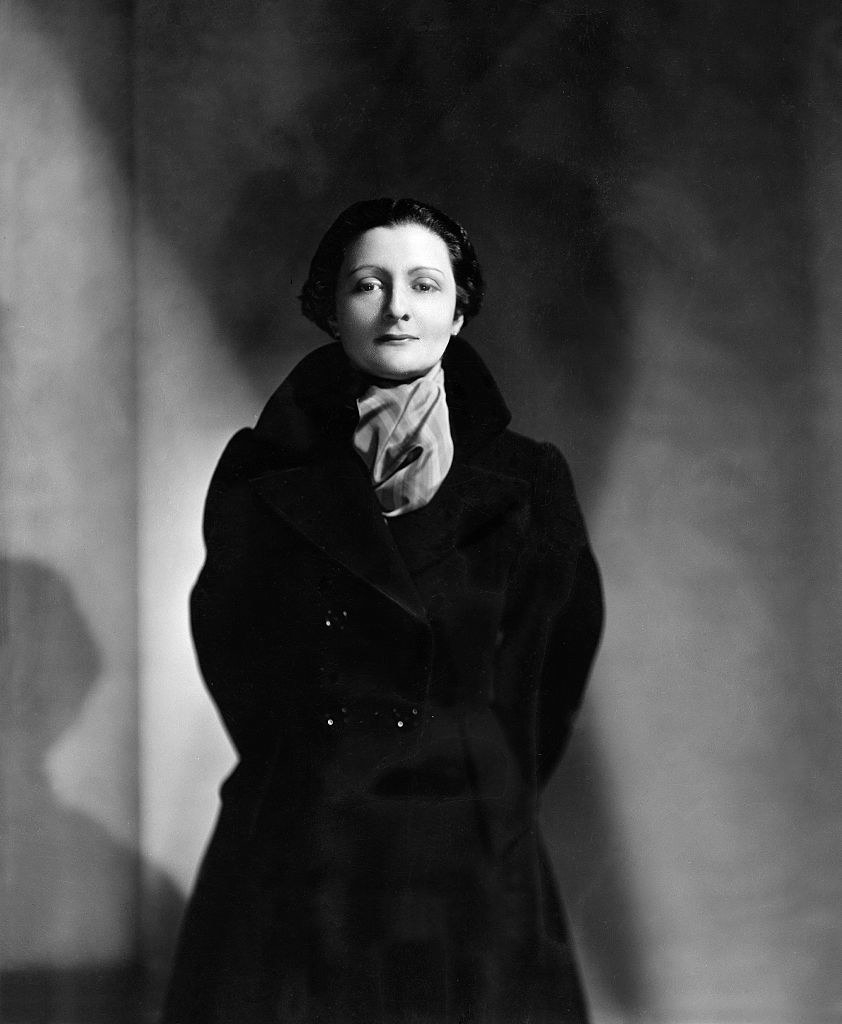
De Acosta was sent to a convent school by her parents, and once told a nun there, "I am not a boy and I am not a girl, or maybe I am both — I don’t know."
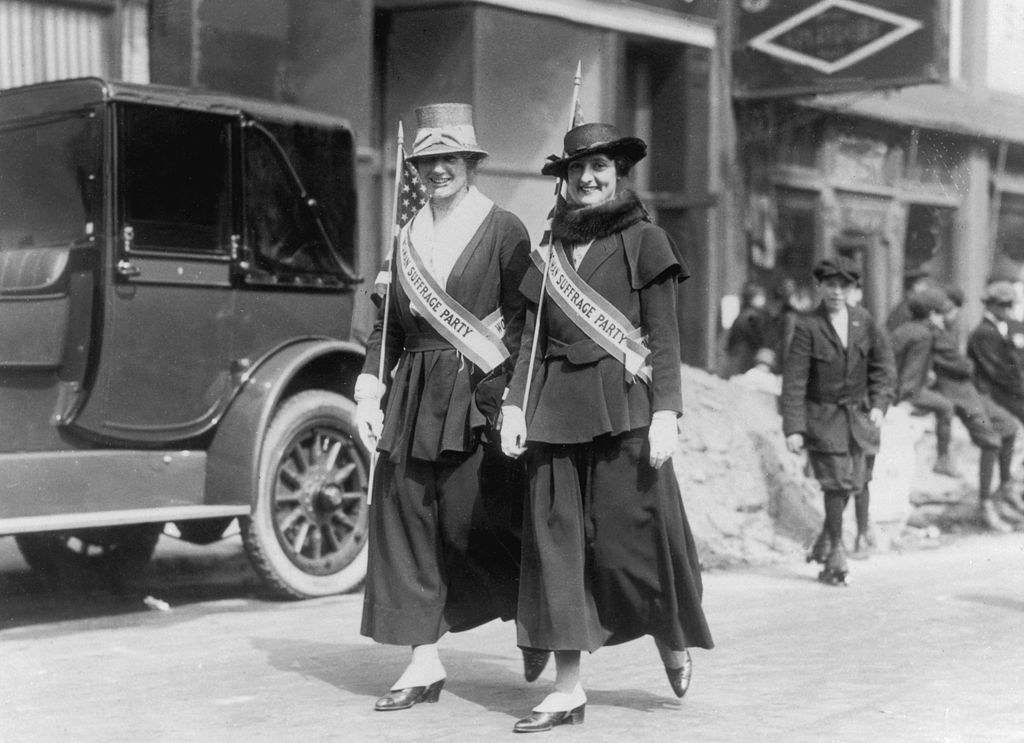
She was involved with at various times the dancer Isadora Duncan...

...the actor Marlene Dietrich...

...and most famously, the Hollywood star Greta Garbo, with whom she shared "an off-and-on relationship for more than a decade."
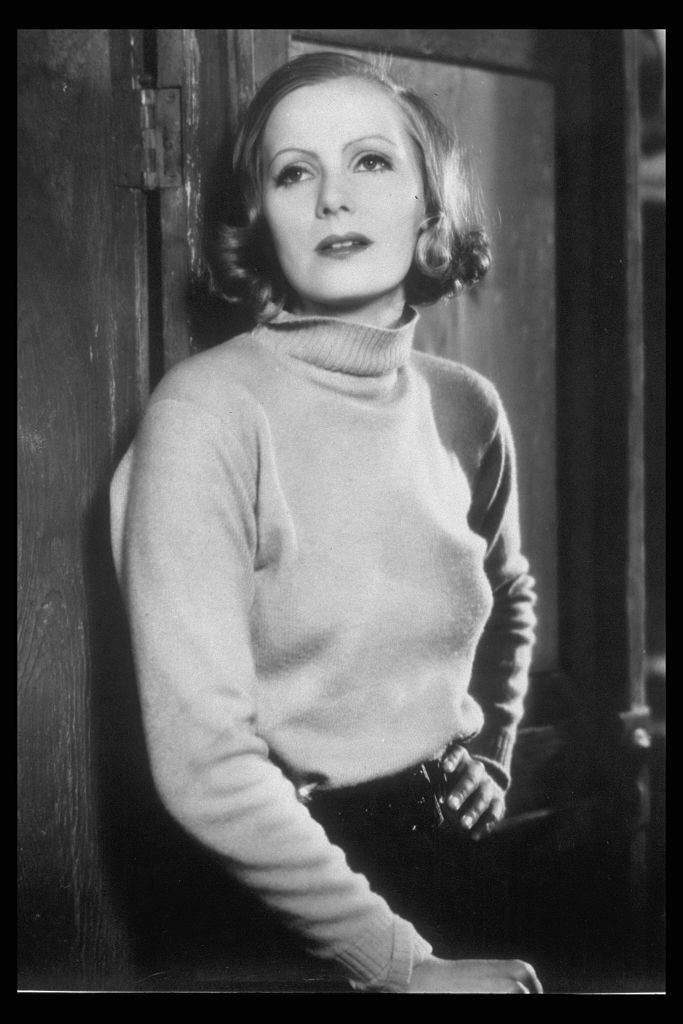
De Acosta died in New York City in 1968, after having been snubbed by many of her previous lovers, Garbo included, for mentioning them (and implying the romantic and sexual nature of their relationships) in her autobiography, Here Lies the Heart.

4. Gladys Bentley was an iconic blues singer and pianist, a legend of the Harlem Renaissance who was known for "proudly loving other women, wearing men’s clothing, and singing bawdy songs."
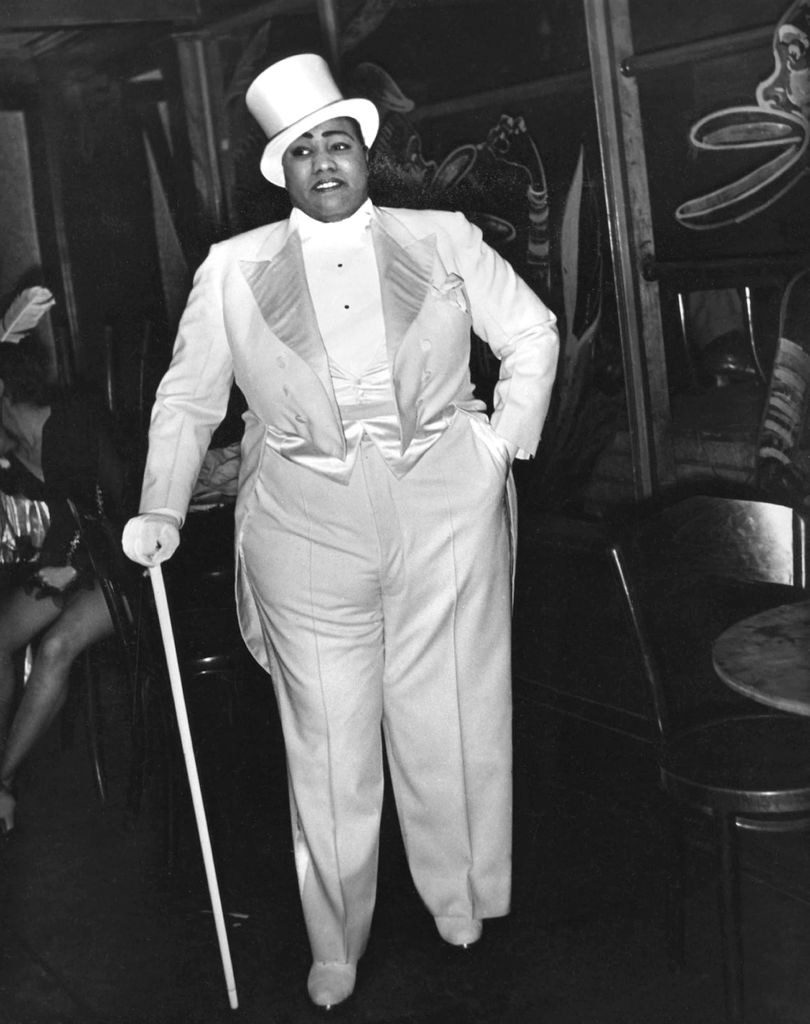
Bentley arrived in Harlem in 1925 and immediately made an impression with her ability to, as historian Jim Wilson put it to Smithsonian Magazine, "take popular songs of the day and just put the filthiest lyrics possible." Her "dirty songs," as one killjoy put it in their complaint to the police, even got one of the nightclubs where she performed shut down.
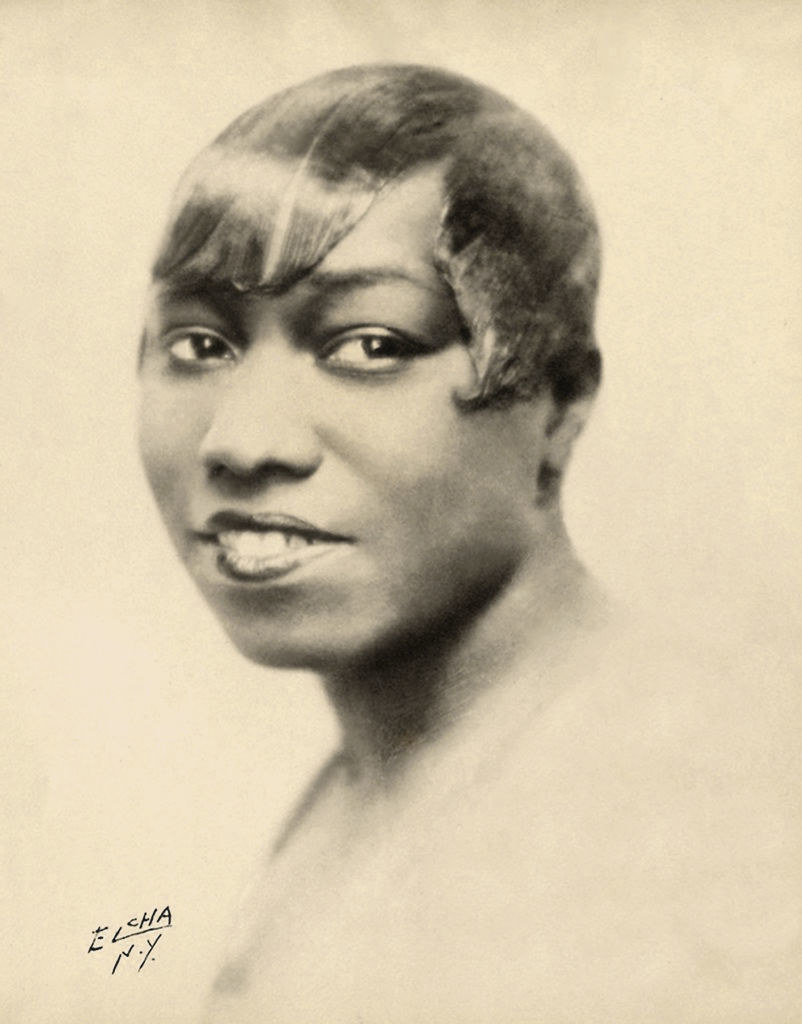
Venues advertised Bentley, who once wrote for Ebony that she performed while wearing "immaculate full white dress shirts with stiff collars, small bow ties and shirts, oxfords, [and] short Eton jackets," as a "male impersonator."
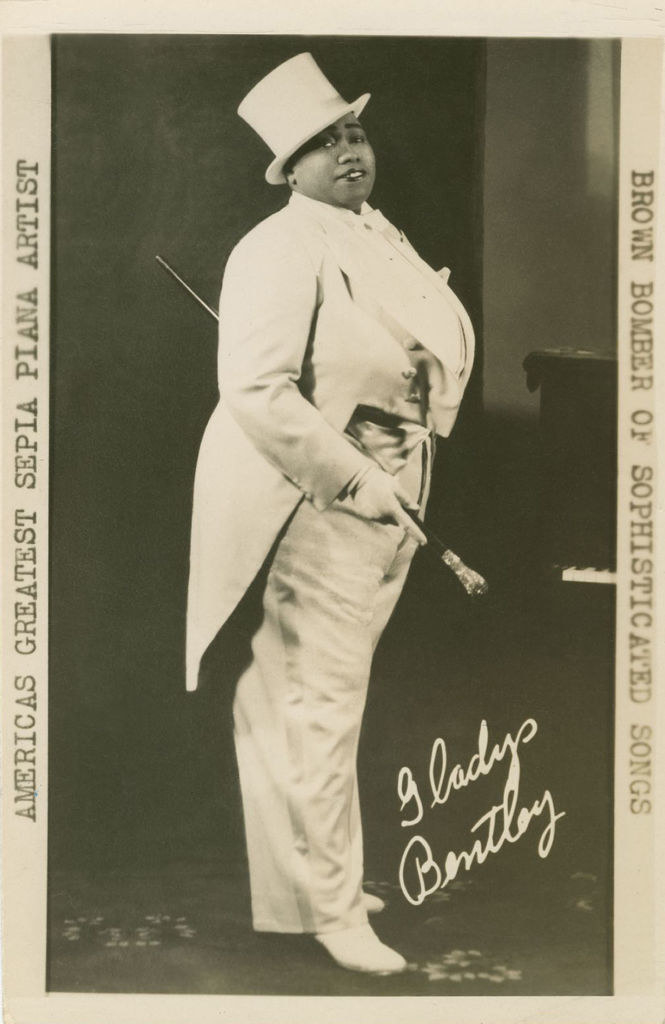
Later in life, Bentley continued her musical career in California. Wilson said, "The 1950s were even more conservative than the early part of the 20th century. We see a real change so that somebody who is identified as lesbian or gay is considered a national menace. ... So Gladys Bentley abandoned that and seems to want to restart her career as a more traditional Black woman performer."
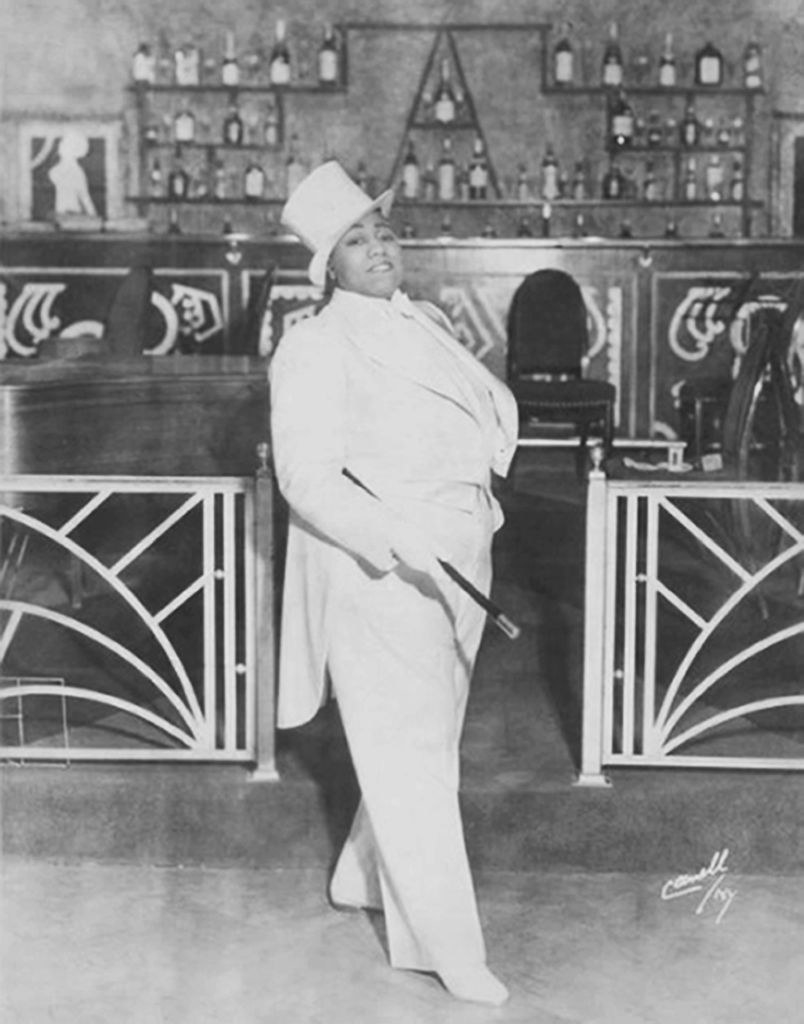
She wrote another article for Ebony about having "medical treatment that awakened her 'womanliness.'" Wilson speculated that this is evidence of Bentley's aptitude for knowing what was popular when; what worked for a performer during the Harlem Renaissance simply didn't in the ultraconservative 1950s, and Bentley, being the consummate performer, adjusted accordingly.
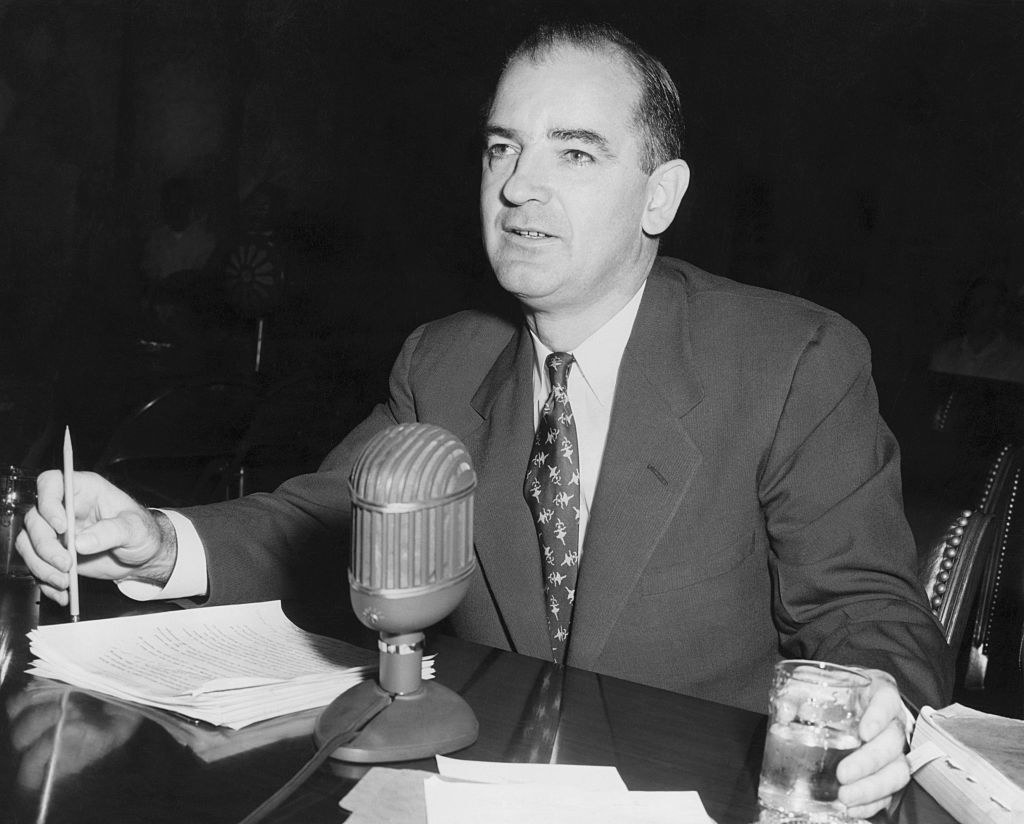
Bentley died in 1960. Wilson said, "Gladys Bentley should be remembered for being a gender outlaw. She was just defiant in who she was, and for gender and sexuality studies today, she shows the performance of gender."
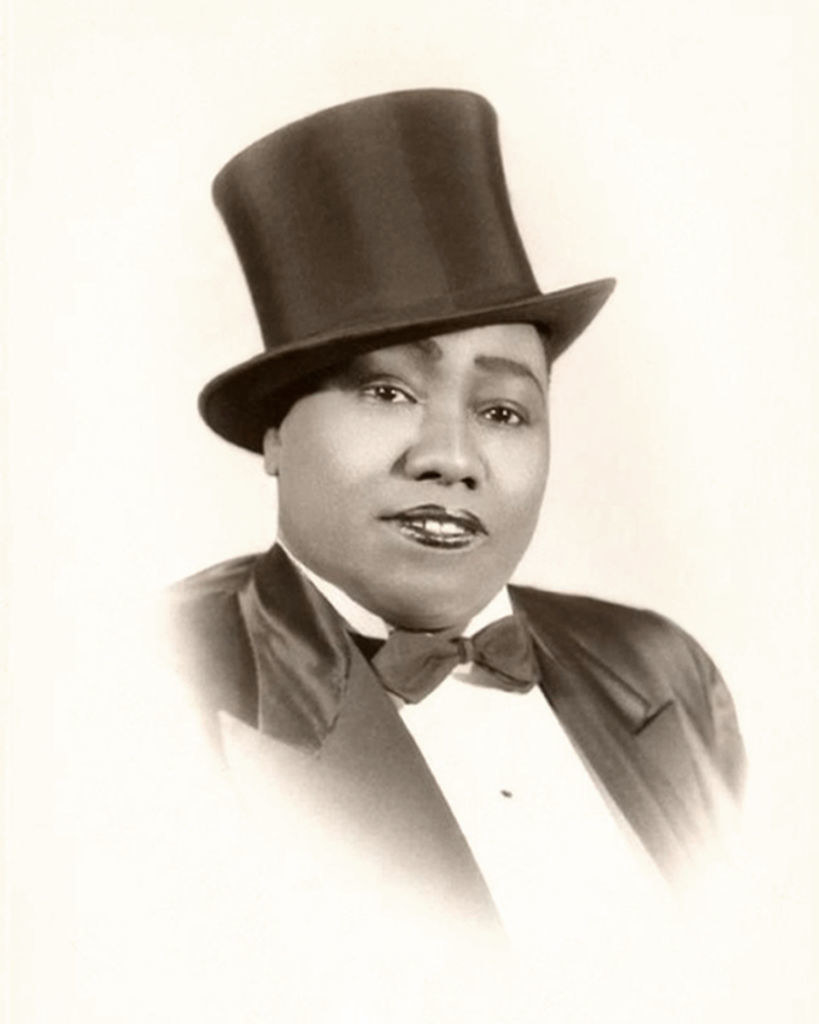
5. Dr. Alan L. Hart was a transgender doctor who graduated from medical school as his class's top student the very same year he transitioned: 1917.
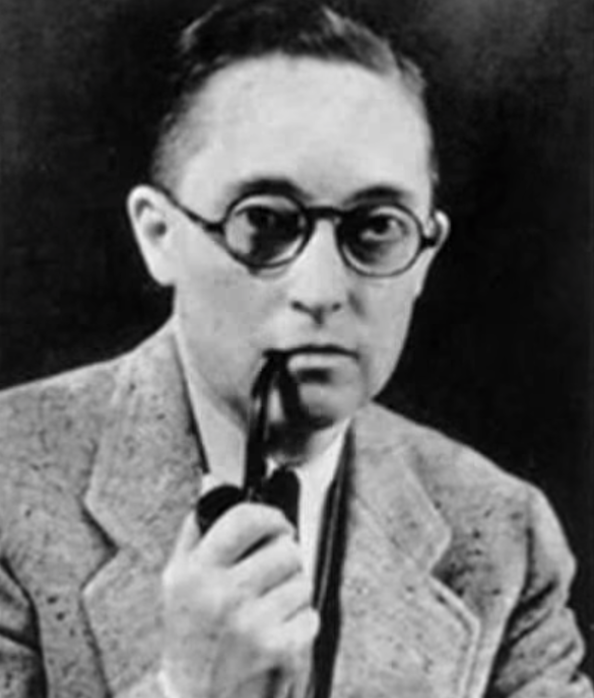
When Hart first turned to his medical school professor J. Allen Gilbert for help, he wanted to cure whatever it was that made him identify as male, but when Gilbert's methods failed and Hart realized that the idea of being a woman "repulsed" him, Hart asked for assistance in fully embodying a male identity. In an anonymous case study about Hart published in 1920, Gilbert wrote, "She made her exit as a female and started as a male with a new hold on life and ambitions worthy of her high degree of intellectuality."

Hart got hired as an intern at San Francisco Hospital, but was forced to leave when an ex-classmate outed him and the story was leaked to the press. At the time, Hart told one newspaper, "With all the inclinations and desires of the boy I had to restrain myself to the more conventional ways of the other sex. I have been happier since I made this change than I ever have in my life, and I will continue this way as long as I live." Though he continued to practice (and write medical novels inspired at least in part by his "real-life hurdles"), this cycle of being outed and then forced to move in the wake of the scandal continued throughout Hart's career.
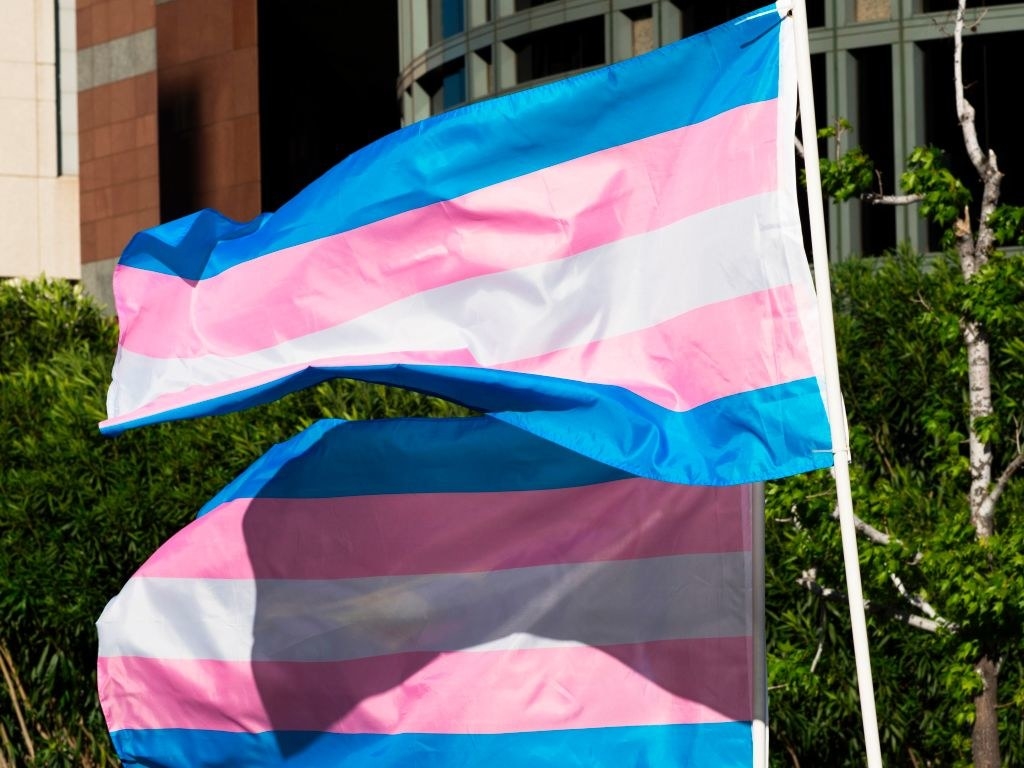
But luckily for humanity, Hart didn't let this limit his brilliance, or the ways he could use it to save lives. Hart specialized in radiology and, according to what radiologist Elliot Fishman told Scientific American, was "a pioneer in using chest X-rays to detect tuberculosis." Since many TB cases are asymptomatic, Hart's work meant that "doctors were able to treat patients before they had complications," as well as "separate TB patients from others to stop the spread."
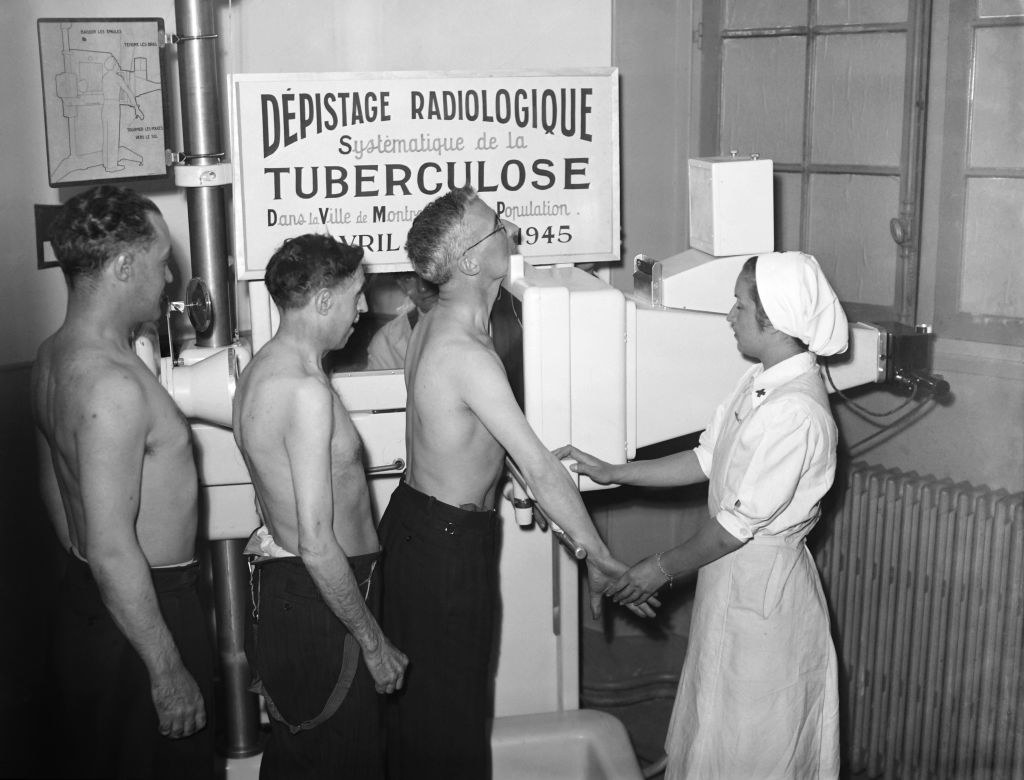
Hart died in 1962, at the age of 71. Cristina Fuss, a "cardiothoracic radiologist and associate professor of diagnostic radiology," told Scientific American, "Tuberculosis was a very stigmatizing disease... Because of his own story, I imagine he could really empathize with someone who was struggling with being labeled."

6. Mark Ashton was a gay activist who in 1984 co-founded Lesbians and Gays Support the Miners to show solidarity with striking miners. He and his fellow members of LGSM found with the miners a "solidarity in their enmity towards Thatcherism and shared feelings of alienation."
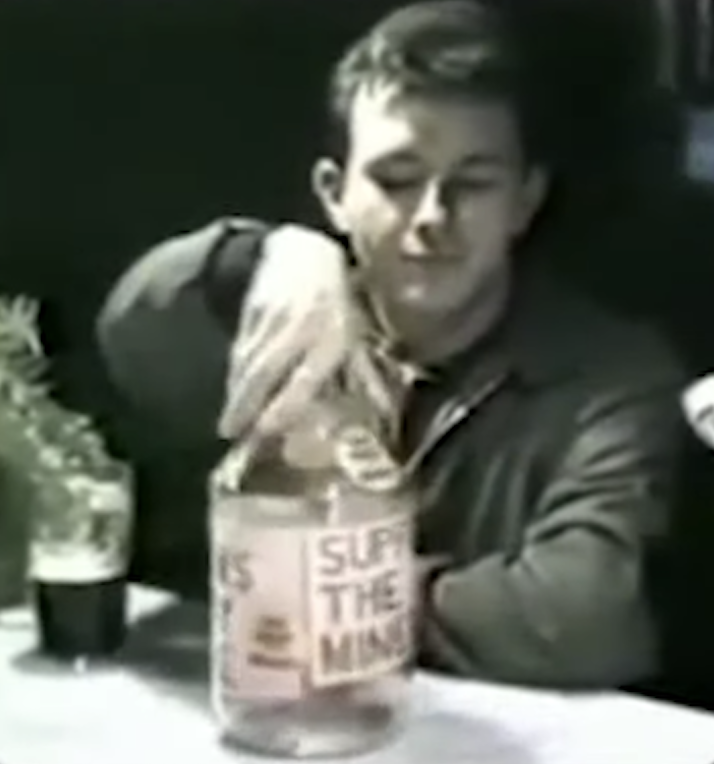
Ashton's friend Chris Birch described him to the Guardian as "an Irishman, a communist, an agitator, a lapsed Catholic who still went to mass very occasionally."

Ashton's story, and that of the alliance between the Welsh miners and their gay and lesbian supporters, was told in the 2014 movie Pride, but the movie omitted references to his strong Communist beliefs, "apparently so as not to alienate American audiences." (You can spot a hammer-and-sickle flag in the background of his apartment, though.)
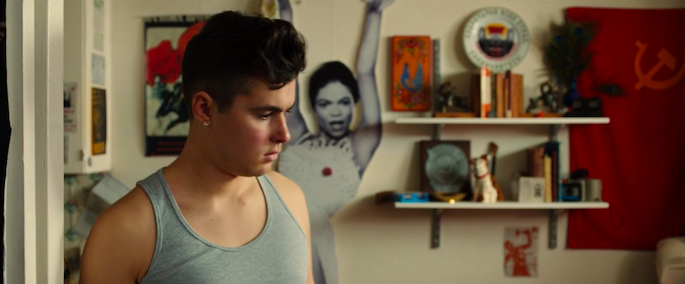
Tragically, Ashton died when he was only 26 years old as a result of AIDS-related illnesses, but the alliance he helped to form with the National Union of Mineworkers led to, among other things, the passage of the Labour Party's 1985 "motion to support equal rights for gay men and lesbians."

Here's the trailer for Pride:
View this video on YouTube
7. William Haines was Hollywood's "top box office star" in 1930, even though he refused to compromise on or try to hide the fact that he was gay.
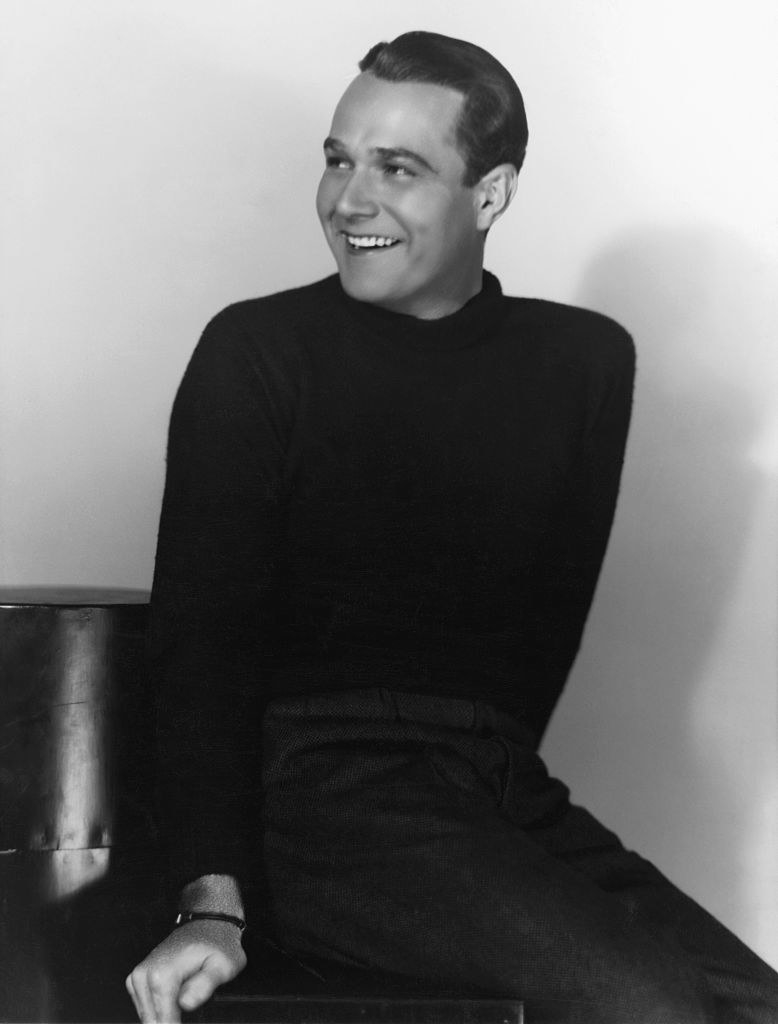
William J. Mann, who wrote a biography of Haines, told Entertainment Weekly, "He became popular as an actor not by hiding his gayness, but by actually making that part of his persona." While Haines' star power continued to grow, everyone in the industry knew that he was "for all intents and purposes, married to a man." That man was a sailor named Jimmie Shields, and it was for him that Haines would risk his career and reputation.
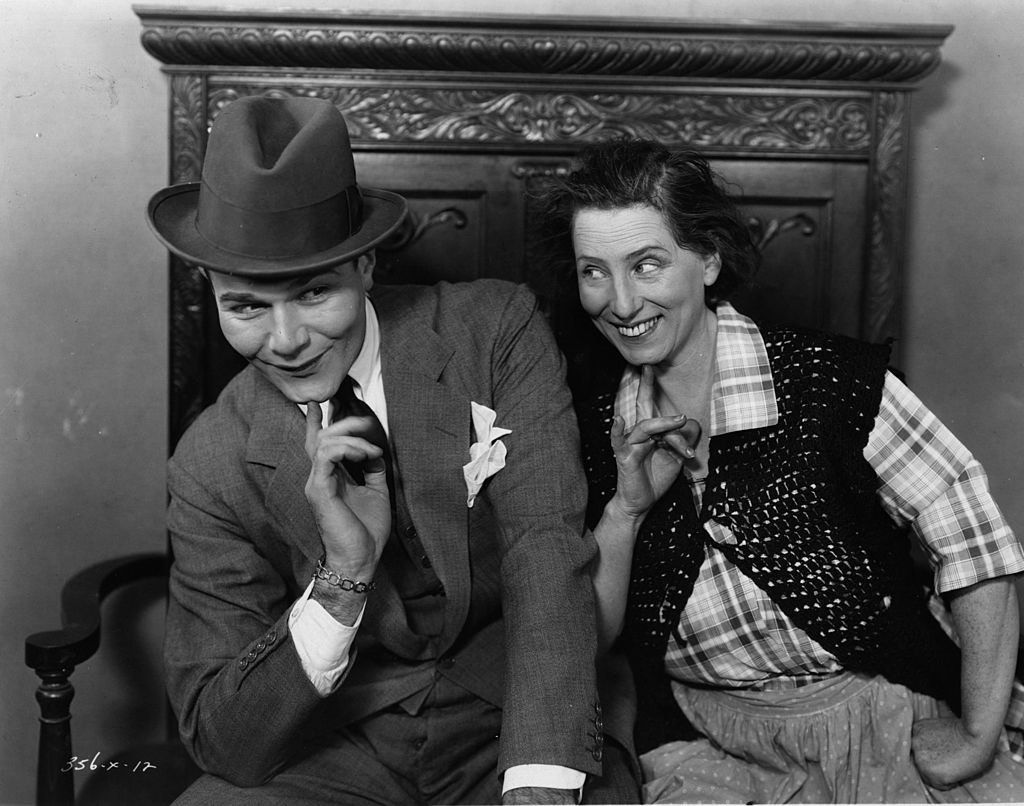
In 1930, Hollywood studios agreed to "follow the moral guidelines laid out by the Hays Production Code." By 1933, Louis B. Mayer, the co-founder of MGM, had a meeting with Haines, where he gave the actor an ultimatum: leave Jimmie and marry a woman, or else lose your career.
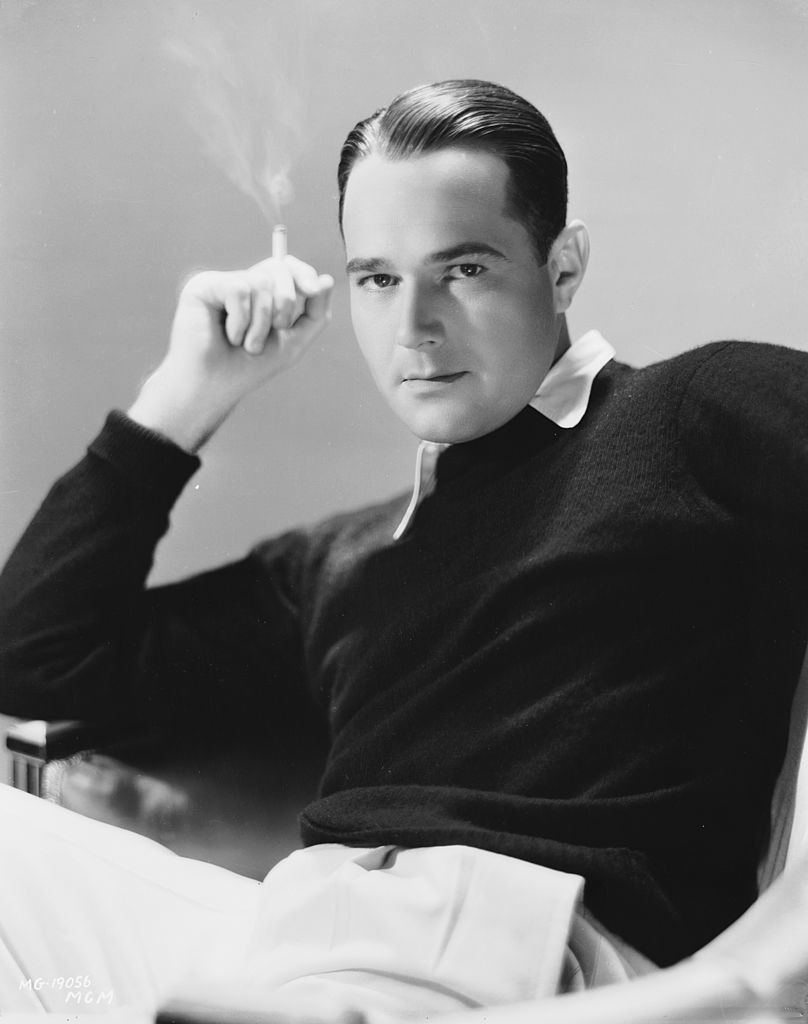
Haines refused to give up his husband, and when he couldn't find sufficient acting work, he retired in 1935. Then, a man who reinvented himself as a talking actor once silent films went out of fashion reinvented himself again: Once a performer, he became one of the most in-demand interior designers in the country. His clients included Joan Crawford and Nancy and Ronald Reagan.
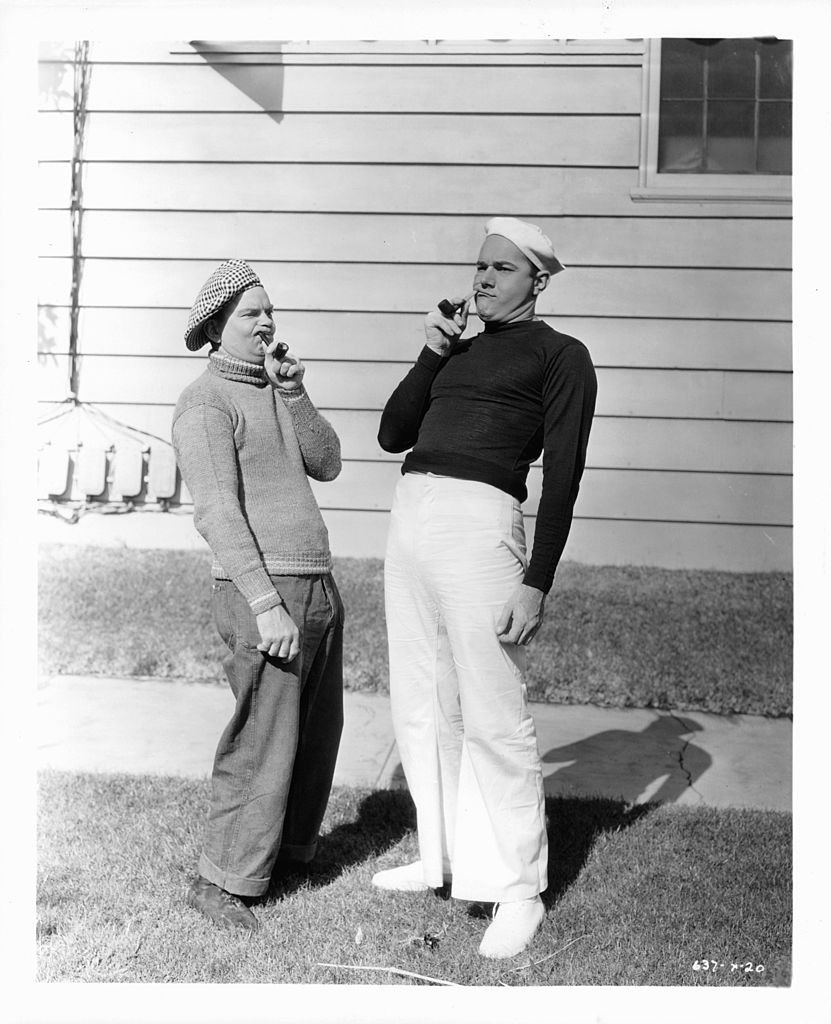
Haines remained with Jimmie until his death in 1973.

8. José Sarria was a Latino, a soldier, a drag queen, and the first openly gay candidate to run for public office in the United States.
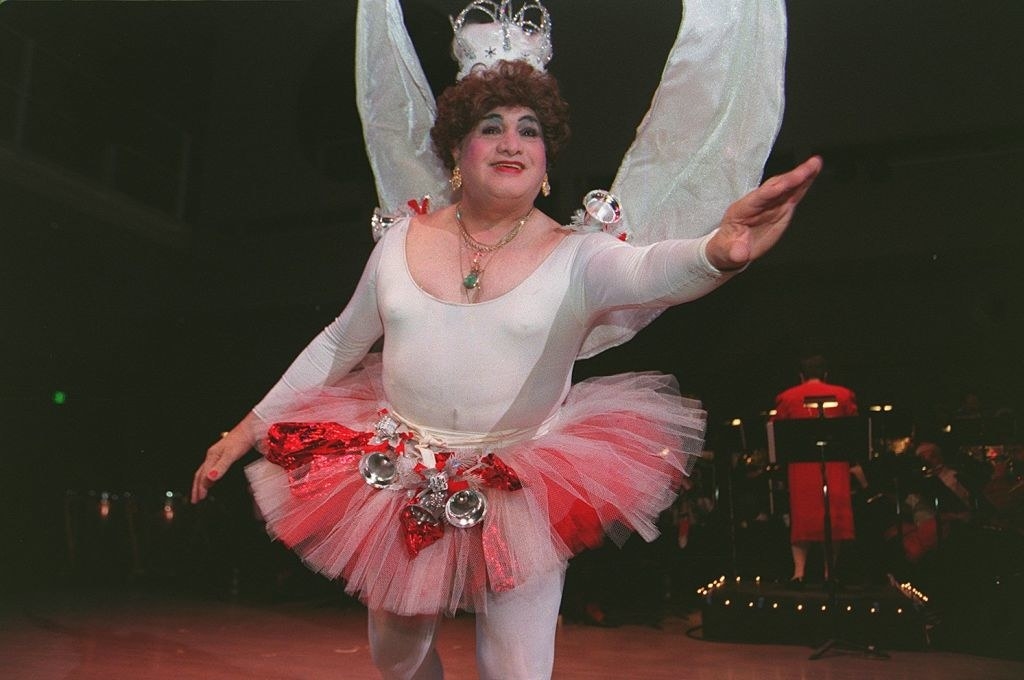
Sarria joined the Army during World War II, and he worked his way up to staff sergeant by the end of the war. When he returned home, he wasn't allowed to teach due to moral concerns over his homosexuality, so Sarria pivoted to becoming a legendary drag queen. With his singing voice and performing prowess, Sarria earned the nickname "The Nightingale of Montgomery Street."
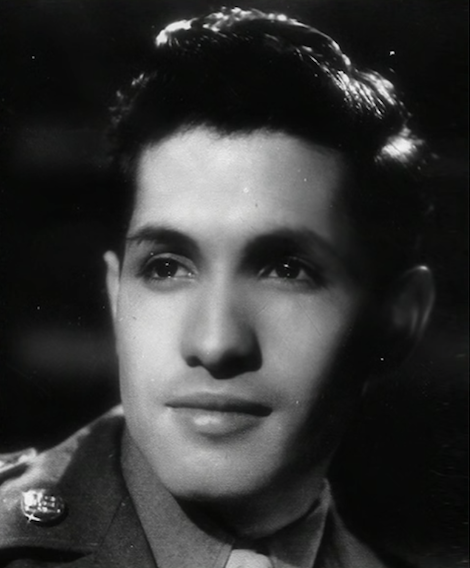
Sarria's performances were often interrupted by police raids, so in 1961, he took matters into his own hands and ran for San Francisco’s Board of Supervisors. After borrowing a suit from a friend, Sarria got to work. His platform was centered around his belief that "the gay population of San Francisco couldn’t be ignored or treated like second-class citizens."
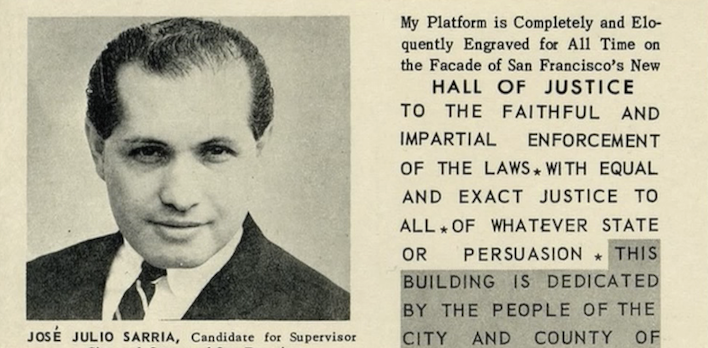
Twenty-four more candidates were "recruited" to lessen Sarria's chances of winning. And while he did lose, coming ninth out of thirty candidates, in 2011 Sarria told the Atlantic that after his campaign, "There’s never been a politician in San Francisco — not even a dog-catcher — that did not go and talk to the gay community."

Following the election, Sarria founded the Tavern Guild of San Francisco, "the United States’ first association of gay businesses," the "gay advocacy group" Society for Individual Rights, and the Imperial Court of San Francisco, now the International Court System, a "global queer charity organization." And in 1965, Sarria declared himself Empress José I of San Francisco, after a "19th century San Franciscan who declared himself Emperor of the United States." When Sarria died in 2013, no one could deny that the reign of the Empress was anything but groundbreaking.

9. We'Wha was a Zuni lhamana, "now more often described" with the Native American term "Two-Spirit," who "took on both male and female tasks as a Zuni cultural ambassador and pottery and textile artist."
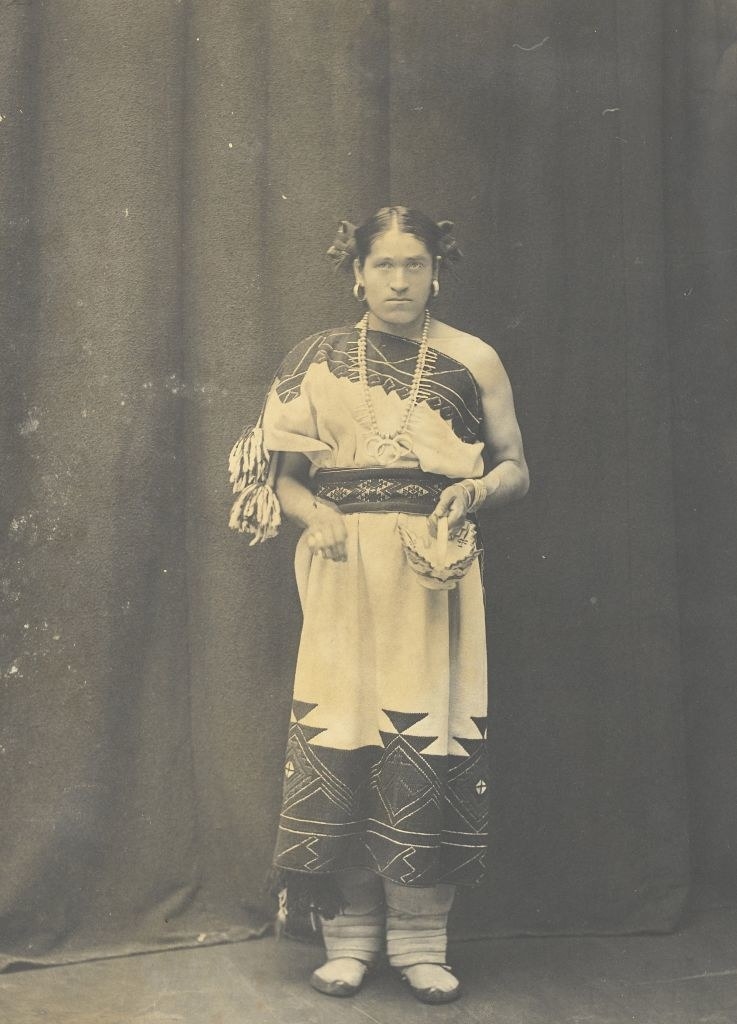
Born in 1849, We'Wha was identified as a lhamana by the fellow members of their tribe; as a member of this "socially recognized third gender role," We'Wha was a "male-bodied person" who "took on social and ceremonial roles generally performed by women." Under the tutelage of both male and female teachers, We'Wha became a master weaver and ceramicist, as well as an expert in many facets of their tribal history and culture.
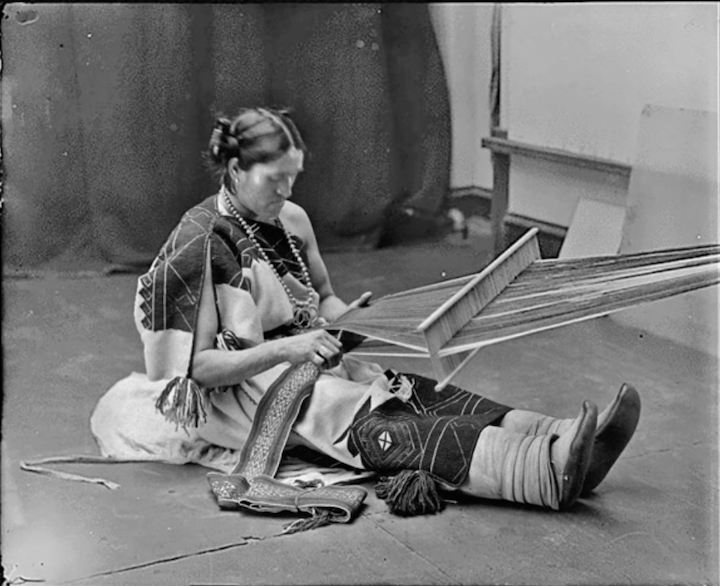
In 1885, We'Wha represented the Zuni on a trip to Washington, DC, where they met President Grover Cleveland and contributed their intimate knowledge of their tribe to the studies of the Smithsonian National Museum. While in DC, the press misidentified We'Wha as a cisgender woman. When We'Wha "crossed over" 11 years later, the Zuni considered their loss a "calamity," and they remain today emblematic of a rich history and culture that colonizers tried to repress, assimilate, and outright destroy.
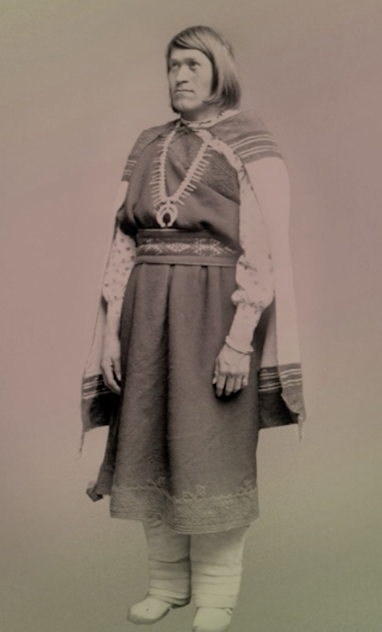
10. Dr. Margaret Chung was the "first known American-born Chinese woman to become a physician." She advocated and held fundraisers for both Chinese and American causes, and during World War II, she was nicknamed "Mom Chung" by the troops for whom she cared. They adored her for her "commitment to their well-being," as well as for the generous care packages she sent to soldiers and the dinner parties she hosted for them in her San Francisco home. The 1,000-plus soldiers, entertainers, and politicians she "adopted" as her own were nicknamed "fair haired bastards."
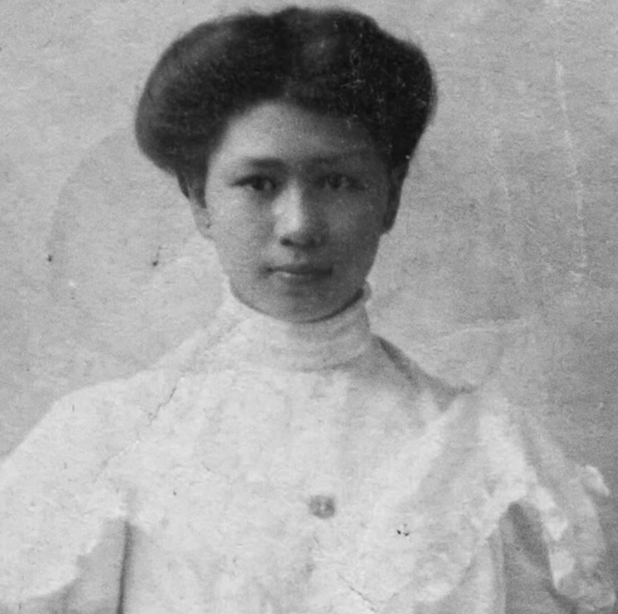
While Chung advocated for the creation of WAVES, the US women's Naval reserve, she wasn't given credit for it, nor allowed to join herself, due to her "age, race, and suspected lesbianism."

Chung shared romantic relationships with Elsa Gidlow, the writer of the "first collection of openly lesbian love poetry published in North America," and the singer Sophie Tucker. When she died in 1959, Dr. Chung's influence was such that the then-mayor of San Francisco acted as one of her pallbearers.
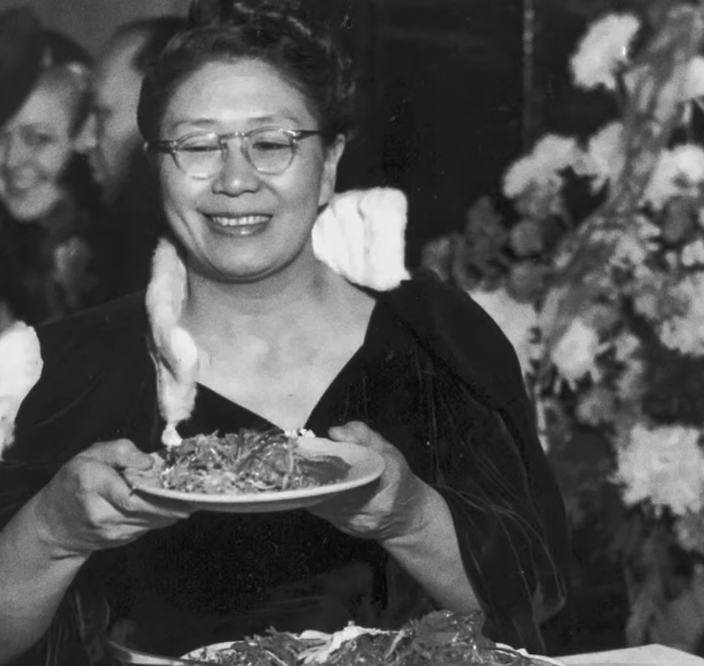
11. Willi Ninja was a New York City legend and "an androgynous, self-described 'butch queen,'" who was perhaps best known as the "Grandfather of Vogue."
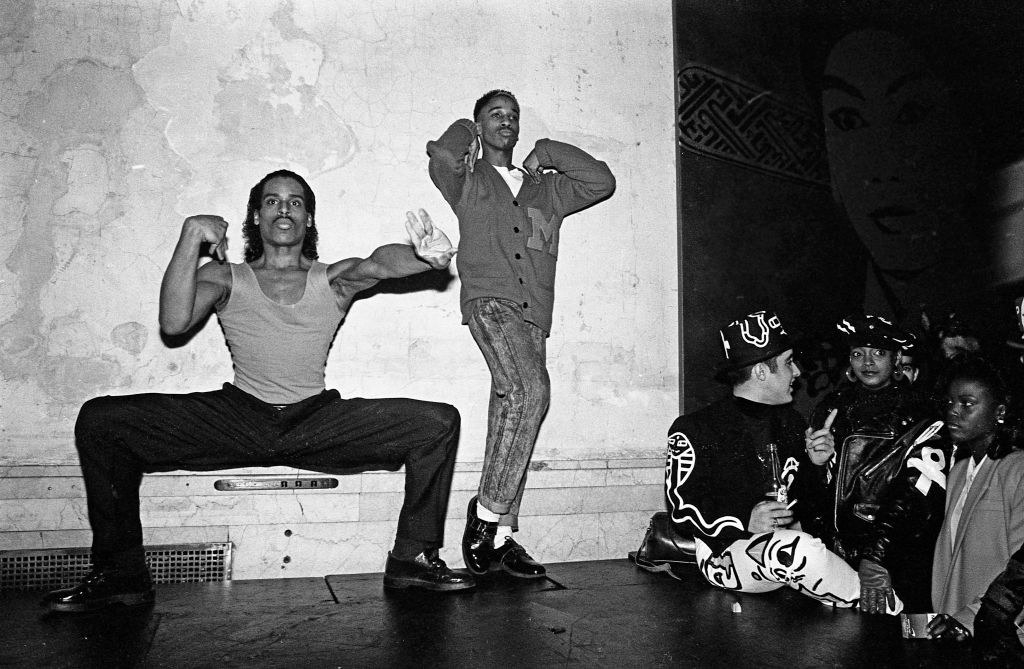
Ninja took vogueing, a dancing style distinguished by "angular body movements, exaggerated model poses, and intricate mimelike choreography," and perfected it. Ninja, along with documentaries like Paris Is Burning, brought vogueing into the mainstream.
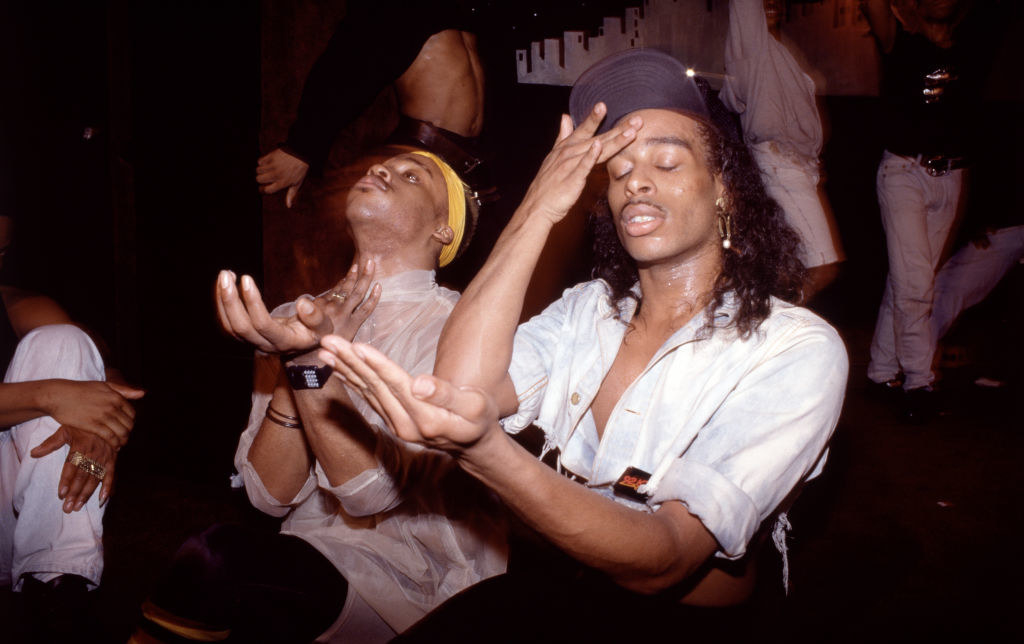
Following Ninja's death in 2006 at the age of 45, Archie Burnett told the New York Times, "If he saw someone doing something on the dance floor that he loved, he’d walk up to them and say, ‘Oooh, child, you are fierce.’ ... That was one of his highest compliments."

12. Willem Arondeus was a Dutch artist and writer who fought and died for the Dutch Resistance against the Nazi occupation of the Netherlands during World War II.
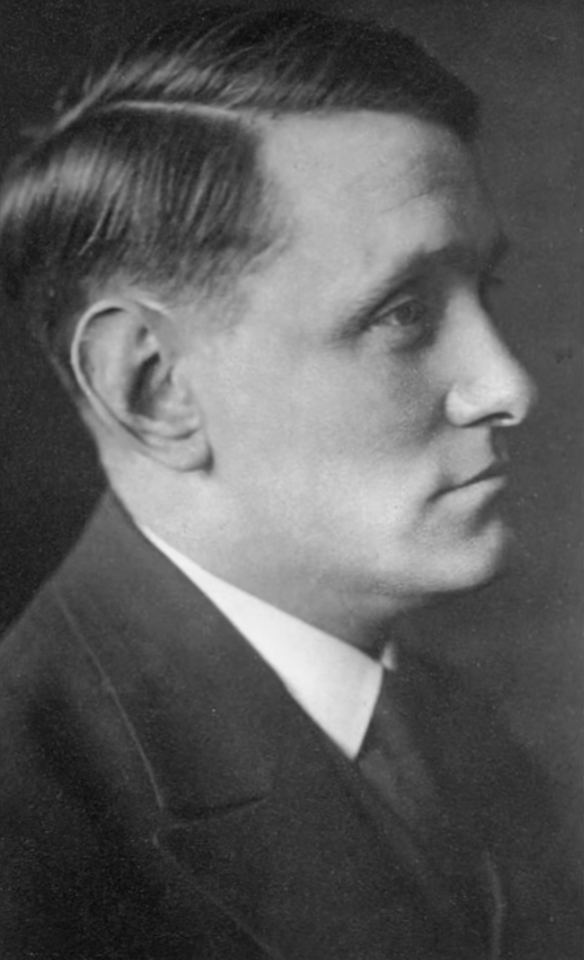
Born in 1894, Arondeus left home at the age of 18 to work as an artist, but found "virtually no recognition of his considerable talent." He turned to writing instead, and soon fell in love with a man named Jan. When Arondeus finished writing the biography of a "gay Parisian artist who fought alongside intellectuals and artists in the wake of the Franco-Prussian War," he decided to join the Dutch Resistance.
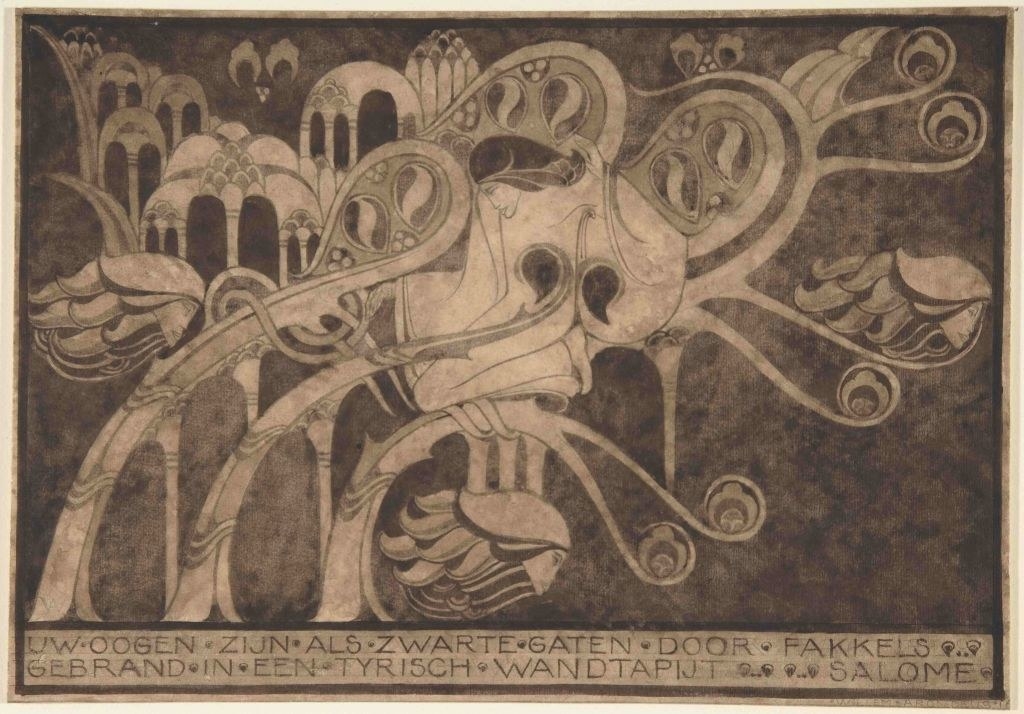
In 1943, he led an attack on the Citizen Registration Building of Amsterdam, which destroyed the Nazis' "primary means of tracking the movements of the people it sought to control." But in the same year, Arondeus and his "gay comrades" were betrayed and sentenced to death. He instructed his lawyer to reveal that he and his fellow resistance fighters were gay following their deaths.
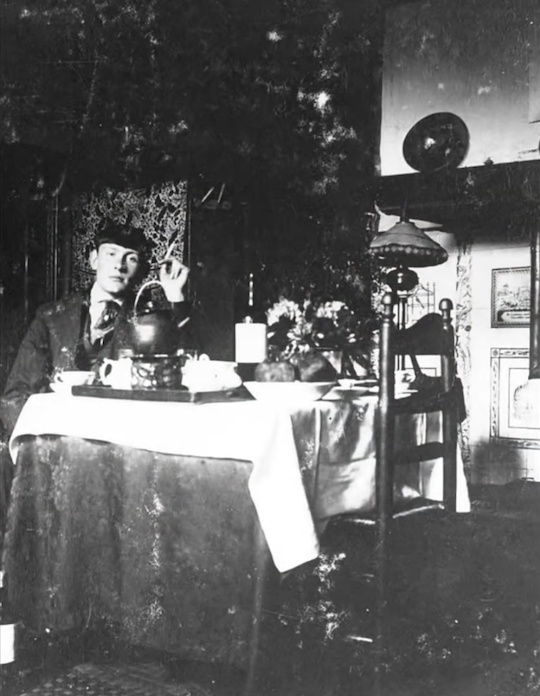
Arondeus's last words before his execution were, "Let it be known that homosexuals are not cowards."
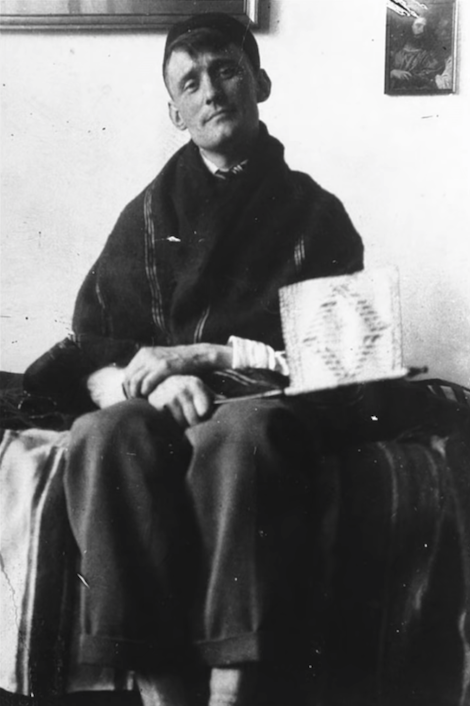
13. Amelio Robles Ávila was a trailblazing transgender soldier who fought in the Mexican Revolution, eventually reaching the rank of colonel.
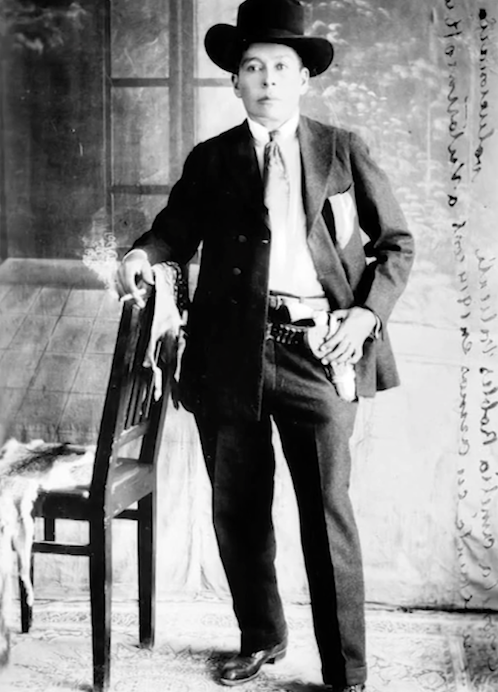
Born in 1889, Robles was educated in Catholic schools and before the Revolution gained a reputation as a "famed marksman and rider" and member of the Zapatistas. Throughout his life, he "constructed a physical appearance and masculine social identity."

When, in 1970, the Mexican secretary of defense "officially recognized and listed Robles specifically as a veterano, or male veteran," Robles became the "first trans soldier in Mexican military history." After Robles died in 1984, historian Gabriela Cano told Remezcla that the "recognition of his transgender identity became diluted," resulting in a school and a museum named for him bearing his birth name, instead of his chosen one.

14. And finally: Bessie Smith was "a bisexual Black woman" who brought "the blues to mainstream music in the 1920s," and became known as the Empress of the Blues for it.
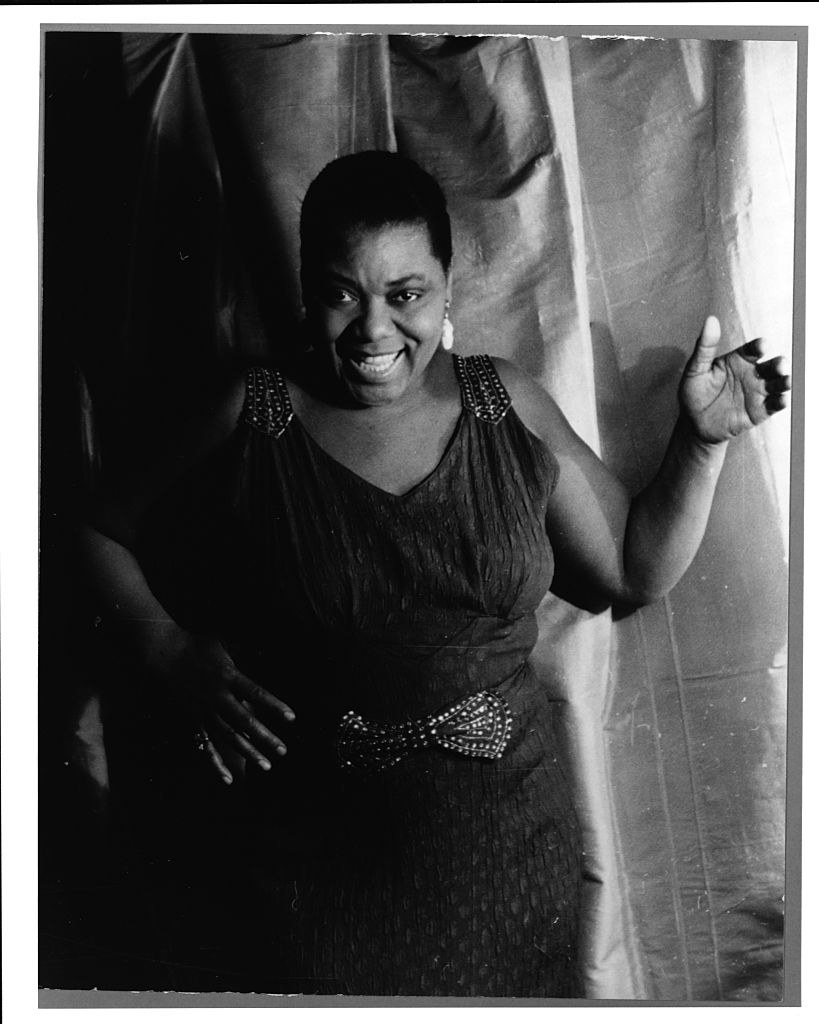
Smith began her career by touring with Pa and Ma Rainey, and saw the latter as a "mentor." But it was in her solo recording career that Smith found most of her success, and while she was married twice, "she is better known for her many extramarital affairs," including with the dancer Lillian Simpson. (Some believe that Ma Rainey was another one of Smith's romantic interests, but those stories are unconfirmed.)
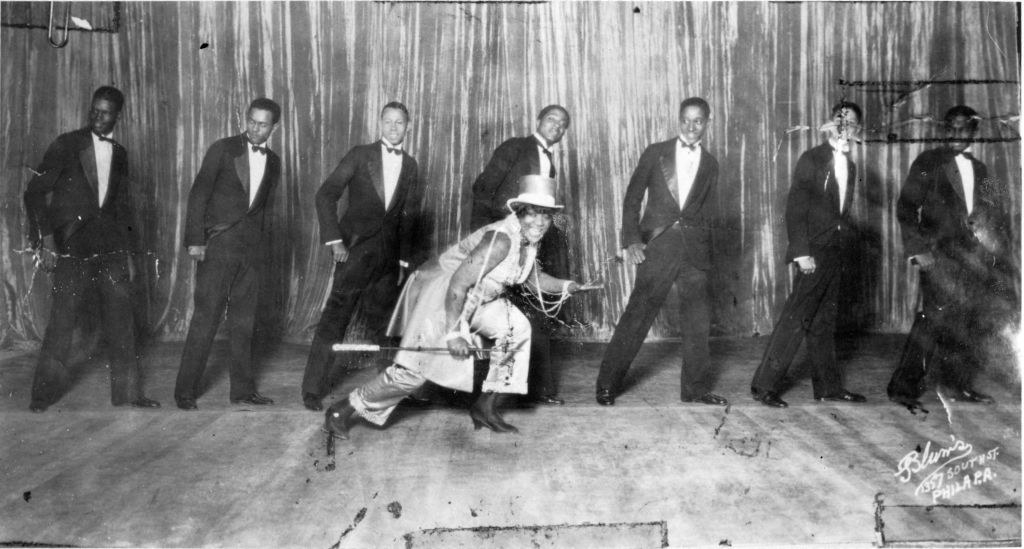
In her song "The Boy in the Boat," Smith sang, "When you see two women walking hand in hand / just look ‘em over and try to understand / They’ll go to those parties / have the lights down low / only those parties where women can go."
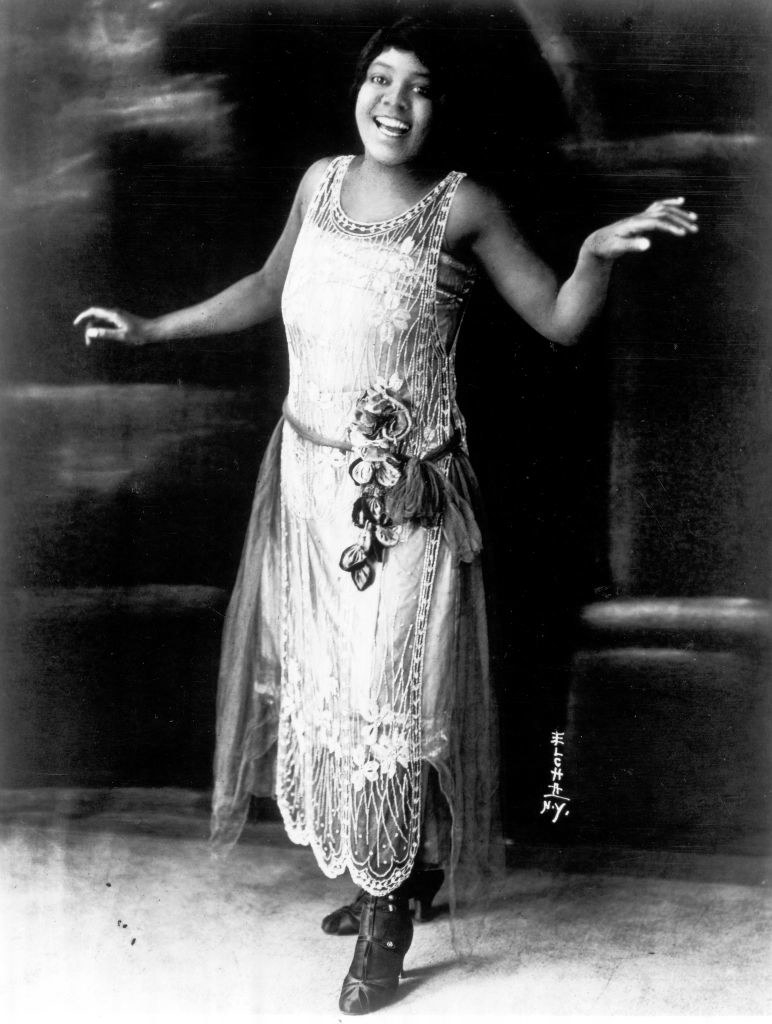
Bessie Smith died in 1937, and was inducted into the Rock and Roll Hall of Fame in 1989. Her entry on its website reads in part, "The Empress of the Blues’ reign was definitive, unprecedented and glorious."

Join BuzzFeed as we celebrate National Coming Out Day from Oct. 11–15. You can explore more coming out and queer content over on our LGBTQ page.



